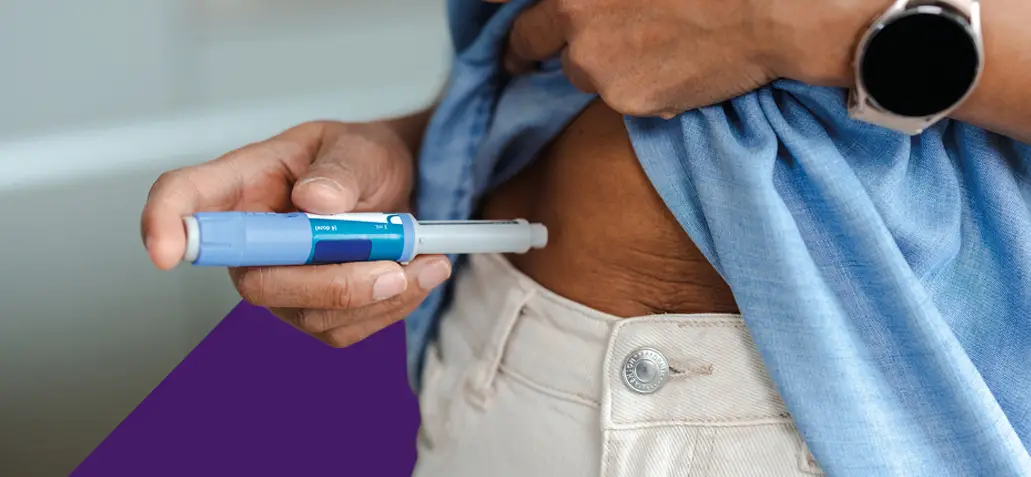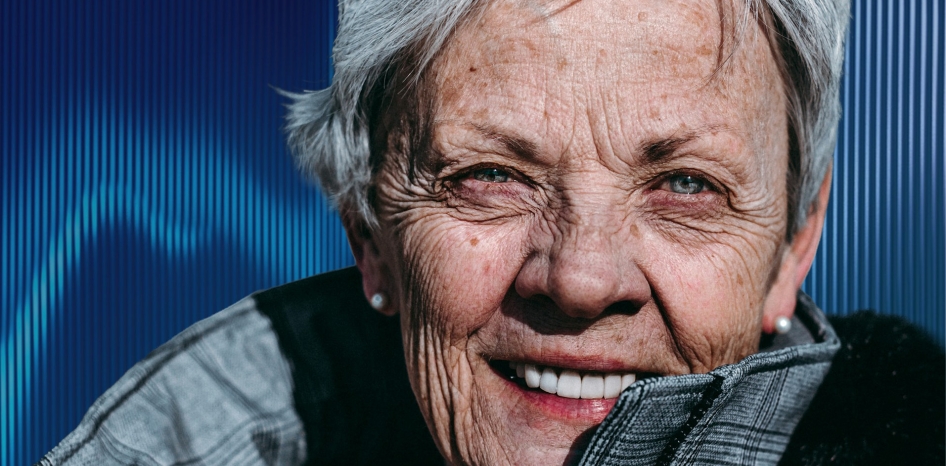
Inspiring Better Healthcare
Commercial success in the healthcare sector means putting the patient at the heart of every decision...
Healthcare at Ipsos
What's New?
 | REPORT The GLP-1 Revolution - What's changed in 2025? As part of Ipsos’ Year in Review, Jackie Ilacqua charts the transformative impact of GLP-1s to date – concluding that if 2024 was the year GLP-1 drugs went mainstream, 2025 is the year they matured… |
 | NEW SOLUTION Ipsos Rx Insight Store Ipsos’ new gateway to off-the-shelf insights that empower biopharma companies to make rapid, informed decisions for brand success. |
 | POINT OF VIEW MASH at a Turning Point. Again. Discover how new treatment options for MASH – including GLP‑1, Wegovy – could reshape treatment, pushing diagnosis and management earlier into primary care. |
 | POINT OF VIEW Would you want to know? As technology improves our diagnostic capabilities, and consumers seek greater understanding and control of their own healthcare, we explore the benefits and risks of early cancer detection. |
 | NEW SOLUTION Ipsos Launches GLP-1 PersonaBot Ipsos’ latest innovation, which combines the power of AI with Ipsos Global Consumer Obesity Monitor data, is poised to transform how companies understand and engage with obesity treatment consumers… |
 | POINT OF VIEW Does everything really cause cancer? Alarming headlines suggest they do. In this comprehensive paper, we cut through the noise and reveal the true cancer risk landscape. |
 | POINT OF VIEW Healthcare vs Evolution: Can GLP-1s Rewrite Our Evolutionary Story? With public understanding divided on the causes of obesity, this PoV transcends the debate between personal responsibility and disease status to offer a fresh perspective… |
 | POINT OF VIEW Mid-Year Oncology Review 2025: History Informs the Future Ahead of ASCO ‘25, Ipsos’ NA oncology experts draw on KOL interviews to explore emerging therapeutic modalities for solid tumours and other key developments in cancer treatment. |






